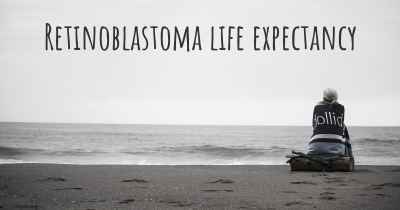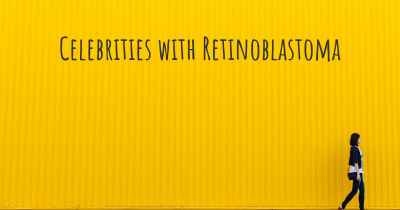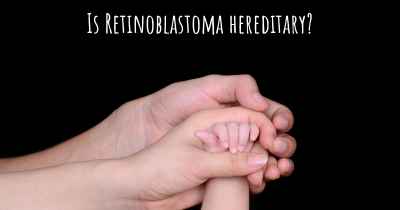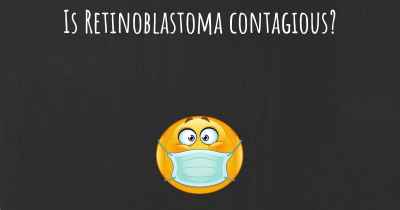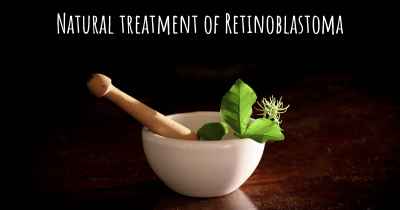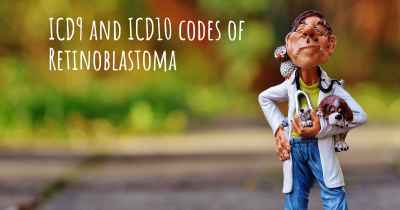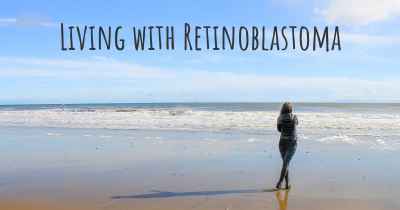Which are the causes of Retinoblastoma?
See some of the causes of Retinoblastoma according to people who have experience in Retinoblastoma
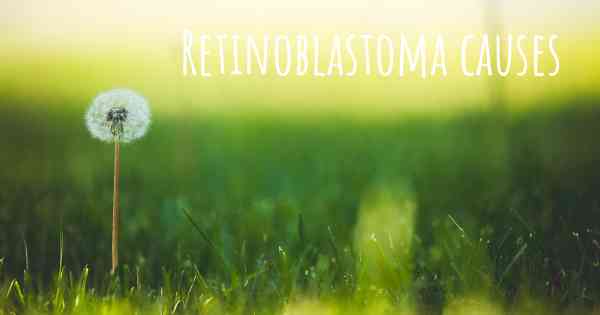
Retinoblastoma is a rare form of eye cancer that primarily affects young children. It originates in the retina, the light-sensitive tissue at the back of the eye responsible for vision. Understanding the causes of retinoblastoma is crucial for early detection, prevention, and effective treatment of this condition.
Genetic Factors:
Retinoblastoma is primarily caused by genetic mutations that affect the RB1 gene. This gene plays a critical role in regulating cell growth and division in the retina. In most cases, retinoblastoma occurs due to a spontaneous mutation in the RB1 gene, which is not inherited from the parents. This form of the disease is called sporadic retinoblastoma.
However, in some instances, retinoblastoma can be inherited from a parent who carries a mutated RB1 gene. This is known as hereditary retinoblastoma. Individuals with hereditary retinoblastoma have a higher risk of developing tumors in both eyes and are more likely to develop additional cancers later in life.
Environmental Factors:
While genetic factors are the primary cause of retinoblastoma, certain environmental factors may also contribute to the development of this condition. These factors include:
- Maternal Exposure: Prenatal exposure to certain substances, such as radiation or chemicals, may increase the risk of retinoblastoma in children.
- Advanced Parental Age: Studies suggest that children born to older parents may have a slightly higher risk of developing retinoblastoma.
- Other Genetic Mutations: In rare cases, individuals with certain genetic syndromes, such as trisomy 13 or trisomy 18, may have an increased risk of developing retinoblastoma.
Signs and Symptoms:
Recognizing the signs and symptoms of retinoblastoma is crucial for early detection and prompt treatment. Common signs include:
- Leukocoria: Also known as the "white eye" reflex, this occurs when the pupil appears white or yellowish instead of red when light is shone into the eye.
- Strabismus: Misalignment of the eyes, commonly known as crossed eyes.
- Poor Vision: A child may experience a sudden decrease in vision or have difficulty focusing.
- Eye Redness or Swelling: In some cases, the affected eye may appear red or swollen.
- Eye Pain: Rarely, a child may complain of eye pain or discomfort.
Treatment and Prognosis:
Early diagnosis and treatment are crucial for a favorable outcome in retinoblastoma cases. Treatment options depend on the extent and stage of the disease, as well as whether it affects one or both eyes. Common treatment approaches include:
- Chemotherapy: Medications are used to kill cancer cells or shrink tumors.
- External Beam Radiation Therapy: High-energy X-rays are directed at the tumor to destroy cancer cells.
- Thermotherapy: Heat is used to destroy cancer cells.
- Cryotherapy: Extreme cold is used to freeze and destroy cancer cells.
- Laser Therapy: A laser is used to destroy small tumors or blood vessels that supply the tumor.
- Surgery: In some cases, surgical removal of the affected eye (enucleation) may be necessary.
The prognosis for retinoblastoma varies depending on the stage of the disease, the age of the child, and whether it has spread beyond the eye. With early detection and appropriate treatment, the survival rate for retinoblastoma is high, and many children can retain good vision.
Conclusion:
Retinoblastoma is primarily caused by genetic mutations in the RB1 gene, although certain environmental factors may also contribute to its development. Early detection and prompt treatment are crucial for a favorable prognosis. Recognizing the signs and symptoms of retinoblastoma is essential for timely intervention. If you suspect your child may have any of the symptoms associated with retinoblastoma, it is important to consult a healthcare professional for further evaluation and appropriate management.
